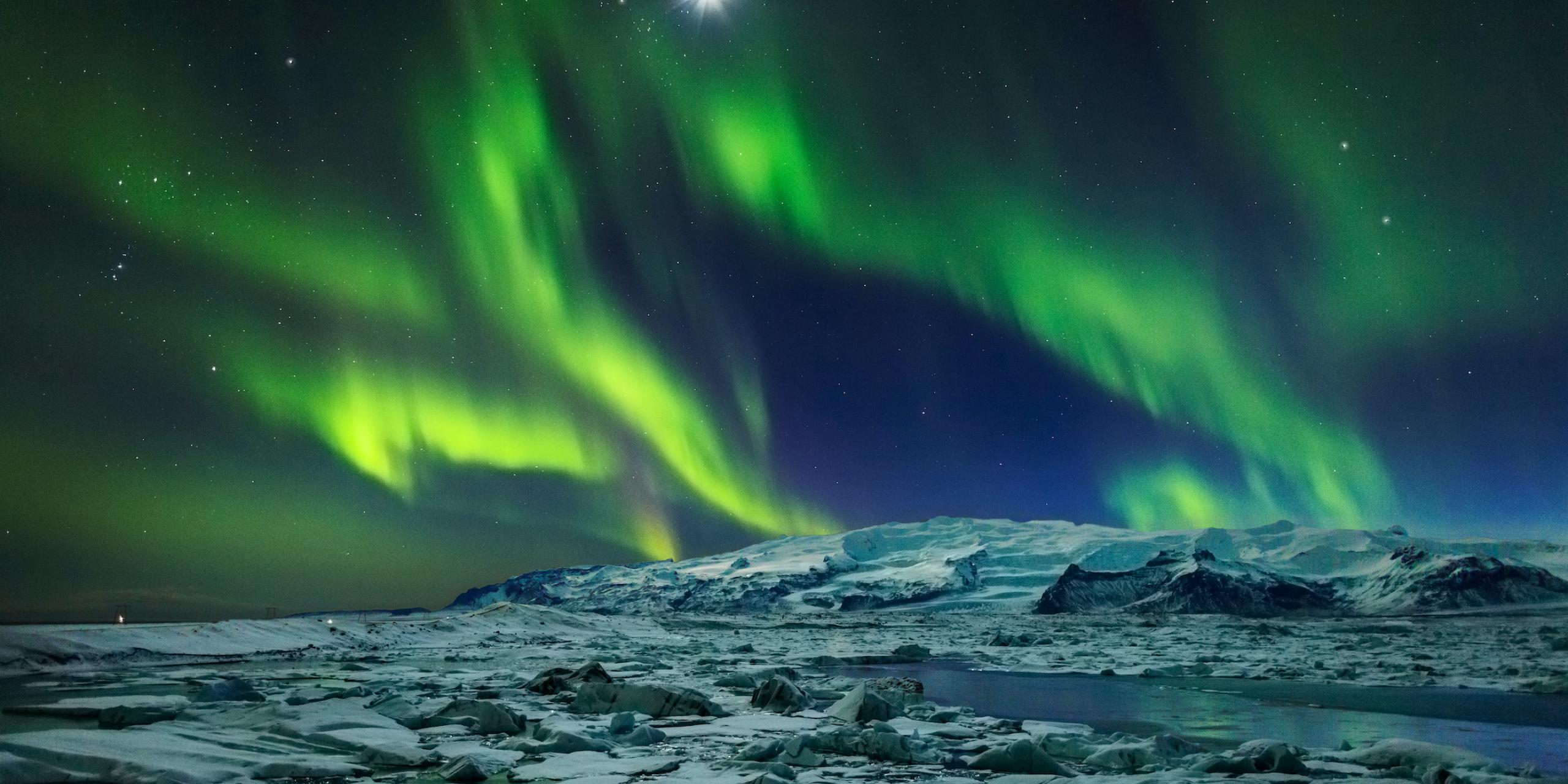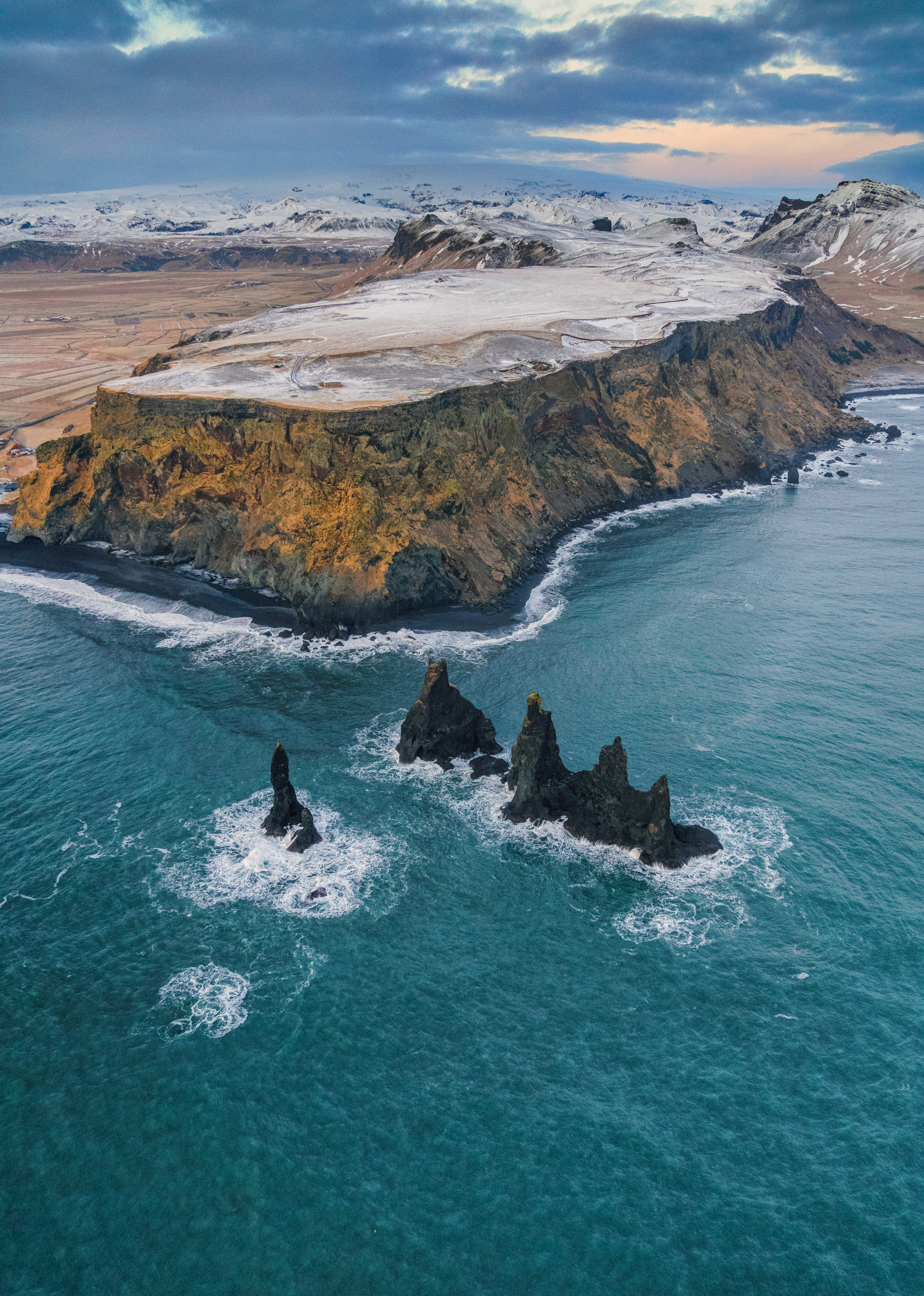
Changing our traveling behavior into good behavior
For many people, traveling is about exploring new places, people, and cultures. But in the long run, the beautiful surroundings of our dream destinations might be lost if we do not change our traveling behavior. Unintended, we might, for example, damage untouched wilderness, natural landmarks, and historical monuments. Tourism pledges have become an increasingly common way to avoid these damages by making people aware of the consequences of their actions. And while it is still a relatively new concept, did you know that this movement actually began in Iceland?
The trees outside your window are minutes from bursting into bloom. A sudden wanderlust hits you. Maybe this should be the summer where you finally explore the Land of Fire and Ice? But where to start? One thing is sure; you want to explore the Icelandic food, landscape, and culture as a real local. Adapt into the surroundings authentically. You open your laptop and start typing “visit Iceland responsible” into Google’s search bar. First hit. “Take the Icelandic Pledge,” it says. You scroll through the page with impressive pictures and specific promises. Wow, the Icelandic people really do care about the wellbeing of their country.
Did you ever come across a destination pledge when planning a trip? If not yet, it might not take long before you sign your first pledge – if the circumstances allow it. According to the Washington Post, more and more countries develop their own pledges. The hope is that a higher level of information and awareness of how you can travel responsibly will positively influence behavior so that tourists will be more concerned about their choices and actions. As Mark B. Milstein, the director of the Center for Sustainable Global Enterprise at Cornell University puts it: “It starts to raise awareness and get the tourist to think about how they impact the quality of a place and whether it will be there for future visitors.”
“It starts to raise awareness and get the tourist to think about how they impact the quality of a place and whether it will be there for future visitors.”

”I pledge to be a responsible tourist”
Now let’s look at where it all started, with the Icelandic Pledge. Iceland has worked as a case study for the increasing mass tourism, and in 2017 Visit Iceland launched a pledge for their destination. It is no exaggeration to say that the Icelandic Pledge started a movement. Since 2017 pledges have been implemented globally, from the Palau Pledge in the Republic of Palau to the Tiaki Promise in New Zealand.
The Icelandic Pledge consists of 8 statements, which define a responsible tourist - if you ask Visit Iceland. People who sign the pledge engage to stay on the road, use designated campsites, park in approved areas, and not expose themselves to danger when taking holiday pictures – such as a selfie on the tip of a rock slope, among other things. Today, more than 81,000 people signed the pledge. To ensure that the signatures are made into action, Visit Iceland even developed classes connected to the rules – in a pretty wide range, some of them closely related to Icelandic culture. For example, what about taking a course about how to avoid hot-tub awkwardness? It is okay if it a lesson that you did not realize that you were missing in your life. But there is no doubt; you will learn something new along the way to Iceland.
According to Sigridur Dogg Gudmundsdottir, who is the Head of Visit Iceland, the alternative to pledges would be laws and regulations. Still, Visit Iceland has no interest in using that solution: “We’d much rather send the message in a benign way and ask people to join us in this venture to be responsible and preserve the beautiful nature of Iceland.”
“We’d much rather send the message in a benign way and ask people to join us in this venture to be responsible and preserve the beautiful nature of Iceland.”
By making it up to people to do the right thing, the pledge talks to the visitors’ morals. But what is the real impact of these initiatives? And how do you turn morals into actions?
Who is to blame for the damages?
An essential perspective of the pledges, in general, is how they can help foster a community of sustainable tourists, including everyday conversations between friends, media coverage, increased attention to how we used to travel, and spelling out the consequences of tourism. By inspiring and engaging visitors in the wellbeing of a destination, the hope is that they get a clearer understanding of how we all play a role in protecting unique places. Setting clear expectations for behavior is, therefore, an essential part of the solution.
A study by Good Travel has shown that most often, the goal of the pledges is to educate tourists. The pledges can simply close the information gap that people have by educating them. Including various aspects from reminding visitors that they have to drive carefully, show respect for others, protect nature, avoid collecting marine life souvenirs, to being aware of the cultures and local people whose homes you are entering when crossing the border.
Altogether, it can be difficult to measure if this education of visitors leads to a behavioral change. A simple way is to count the number of people who signed the pledges. While the Icelandic Pledge is voluntary, the Palau pledge mentioned previously works as an actual entry ticket for visitors. But would you be willing to sign a tourism pledge, to get a visa for a country? At least, this is an example of how pledges can be part of a broader sustainable tourism strategy.
Where do we go from here?
On the occasion of the peak season of travel draws near, it is once again relevant to discuss how we as tourists can be responsible for our choices. Destination pledge could be a way to ensure that the development of the tourism industry, which UNWTO expects to keep rising, will happen sustainably. So, what about seeing the pledges as an opportunity to learn why and how you should protect the destination you visit? In that way, you can ensure that the places we visit today will also be welcoming tourists in 5 years and 20 years. As stated in the Palau Pledge, “The only footprints I shall leave are those that will wash away.”
A little more info: